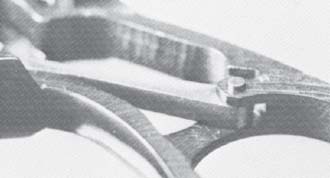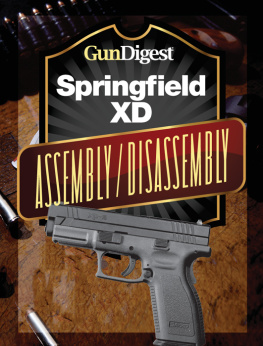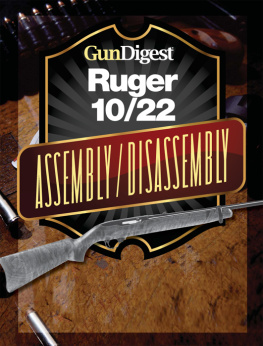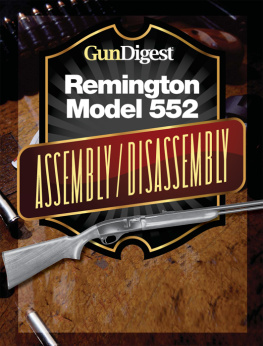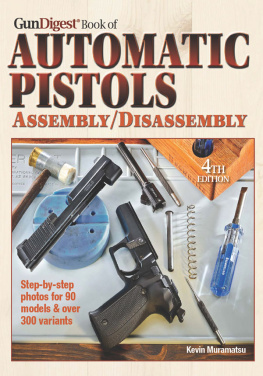Colt Python

| Data: | Colt Python |
| Origin: | United States |
| Manufacturer: | Colt Firearms, Hartford, Connecticut |
| Cartridges: | 357 Magnum |
| Cylinder capacity: | 6 rounds |
| Overall length: | 9.5 inches (with 4-inch barrel) |
| Barrel lengths: | 2.5, 4 and 6 inches |
| Weight: | 38 ounces (with 4-inch barrel) |
C olts main problem with its top-of-the-line Python was making enough of them to satisfy the great demand for this fine gun. Although its essentially a target revolver, the Python was frequently carried as a duty gun by law officers. The smoothness of its double-action trigger pull is well known, and the hand-fitting by which this was accomplished was reflected in its substantial price (the Python is no longer made). There are no particularly difficult points in the takedown, but all parts are fitted rather more precisely than in guns of lesser quality, and extra care should be taken to avoid marring.
Disassembly:

The hollow cap screw that covers the crane retainer is located on the right side of the frame, just forward of the trigger. Remove the cap screw, along with the retainer plunger and its spring.

Move the crane forward out of the frame, and remove the crane and cylinder assembly.
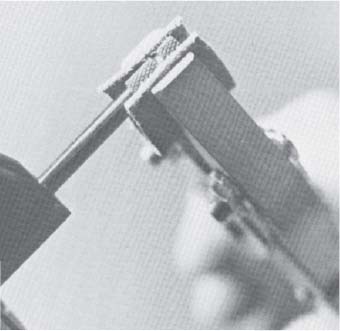
Grip the ejector rod head with leather-padded smooth-jawed pliers, and unscrew the rod counterclockwise (viewed from the front).

Remove the ejector rod and the crane from the front of the cylinder.

Remove the bushing from the front of the cylinder.
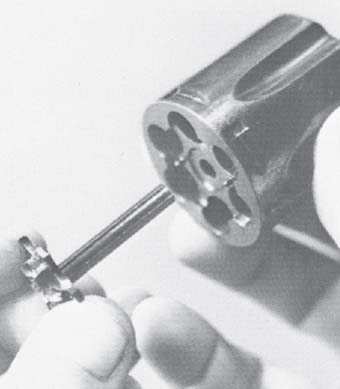
Remove the ejector/ratchet from the rear of the cylinder.
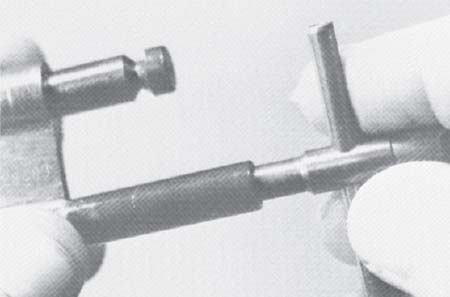
Use the Colt wrench to unscrew the retainer at the rear of the cylinder arbor on the crane, and remove the ejector spring toward the rear.

The sideplate is retained by two screws, one at the upper rear, and one just forward of the trigger. After the screws are removed, hold the gun as shown and tap the grip frame with a nylon mallet. The sideplate will fall off into the palm of the hand.
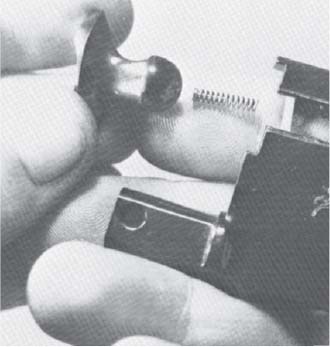
Remove the cylinder latch and its spring and plunger toward the front of the sideplate.
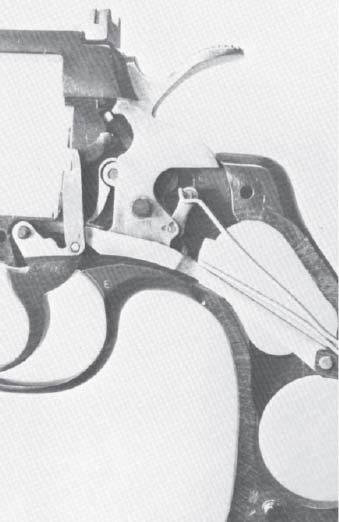
The internal parts are shown in their proper relationship, prior to disassembly.

Grip the mainspring with smooth-jawed sharp-nosed pliers, and compress it slightly. Lift the lower end of the spring from its recess in the frame, then move it toward the rear, disengaging the spring hooks from the hammer stirrup.
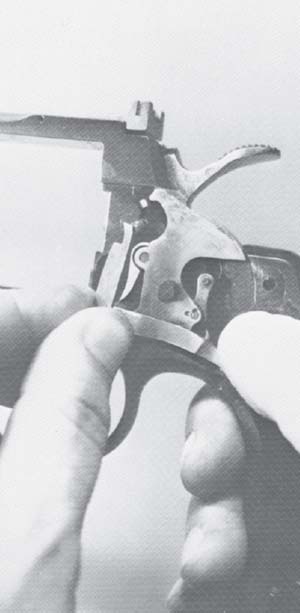
Remove the cylinder hand toward the left.

Drift out the rebound lever pin, located at the center of the grip frame. Move the rebound lever down and forward, out of its loops on the frame, and remove the lever toward the left.
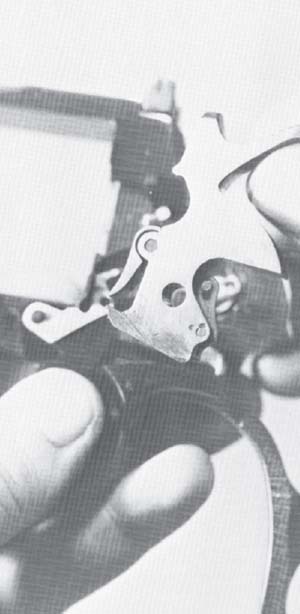
Pull the trigger to the rear, and remove the hammer toward the left.

The trigger and hammer block safety system are shown in proper order, prior to disassembly.
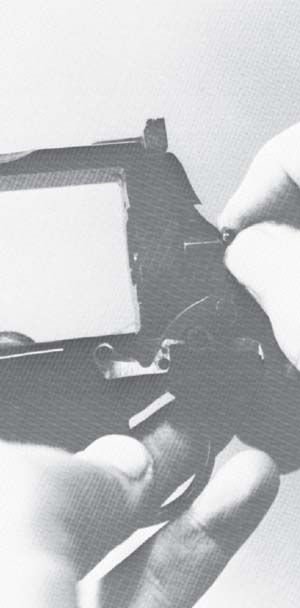
Remove the cylinder latch bolt toward the rear.

Use a small screwdriver to lift the hammer block from its recess, and move the trigger and hammer block system out toward the left.

Disengage the hammer block lever from the trigger by sliding the lever forward on its stud to align the enlarged end of its slot with the head of the stud, and remove it toward the right. The hammer block can be separated from the lever in the same way.
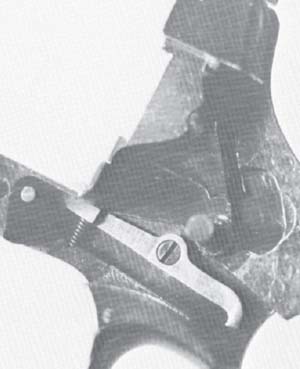
Remove the internal screw which retains the cylinder slop and tip the lower end of the cylinder stop spring out of its recess in the frame. Move the cylinder stop down, then out toward the left. Take care not to lose the small spring.

The rear sight is related by a cross-pin at the top of 1he frame, and by its elevation screw.
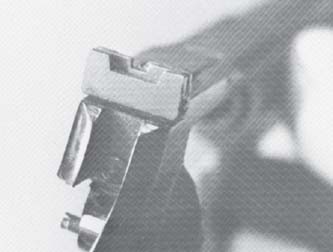
After the rear sight is removed, depress the firing pin head and slide the firing pin retaining plate upward out of the frame. The firing pin and its spring are removed toward the rear.
Reassembly Tips:
